- This project has achieved the social, ecological, and economic benefits of the project
- Providing 130 million KW of electricity to the Central Tibet Power Grid will greatly promote the development of agriculture and animal husbandry in Shigatse and economic growth

Recently, the Xianghe Hydropower Station in Tibet has officially been put into commercial operation, marking the full transition of the project into operation.
The Xianghe River Water Control Project and its supporting irrigation area project in Tibet Autonomous Region is one of the 172 major water-saving and water supply projects determined by the State Council and one of the six key backbone projects in the 13th Five Year Plan for Water Conservancy Reform and Development in Tibet Autonomous Region. The Xianghe River Water Conservancy Hub Project mainly focuses on irrigation, water supply, and improving the ecological environment of the protected area, while also taking into account power generation. After the completion of the project, Shigatse's position as a granary in Tibet will be further consolidated, and at the same time, it can provide 130 million KW of electricity to the Central Tibet Power Grid every year, which will greatly promote the development of Shigatse's agriculture and animal husbandry industry and economic growth.

Since the main project of the Xianghe River Water Conservancy Hub in Tibet began construction on April 3, 2019, it has successfully achieved important key milestones such as closure on February 28, 2020, dam filling to the top on November 12, 2021, first stage water storage under the gate on October 12, 2022, four units meeting grid connected power generation conditions on June 1, 2023, and second stage water storage starting from June 13, 2023. As of 23:30 on June 29, 2023, it has reached the designed normal water storage level of 4099 meters, This marks another major milestone in the construction of the Xianghe River Water Conservancy Hub project.
The Xianghe River Water Conservancy Hub and Supporting Irrigation Area Project in Tibet has reached its normal water storage level and the Xianghe River Hydropower Station has officially put into commercial operation, marking the end of the project. It has the conditions for irrigation, water supply, improvement of the ecological environment, and power generation, achieving the social, ecological, and economic benefits of the project. Editor/Xie Li
Comment
 Praise
Praise
 Collect
Collect
 Comment
Comment
 Search
Search


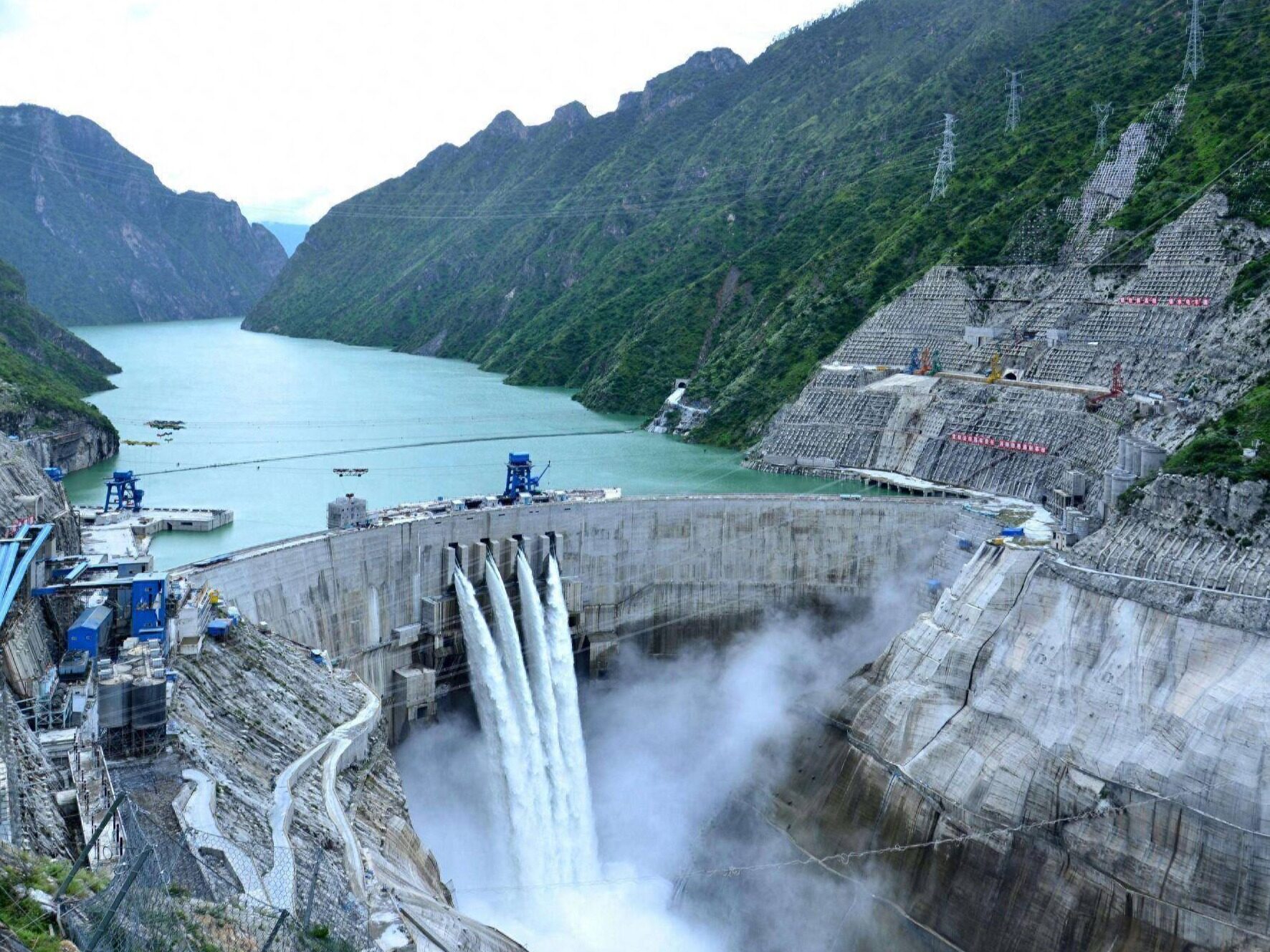
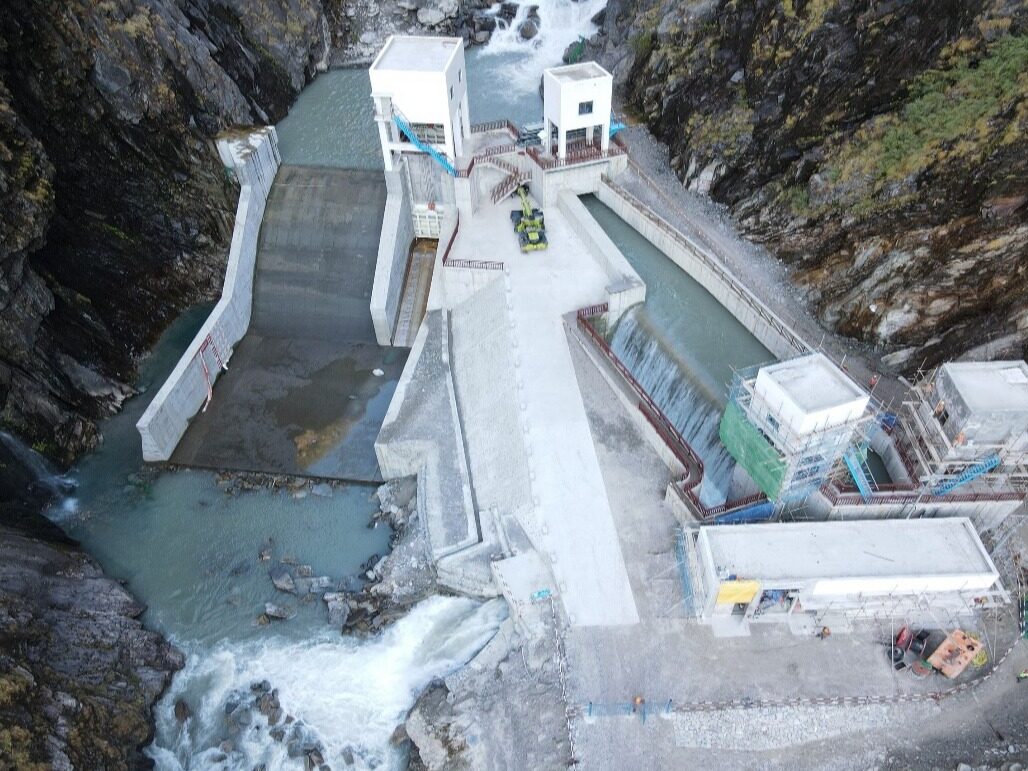
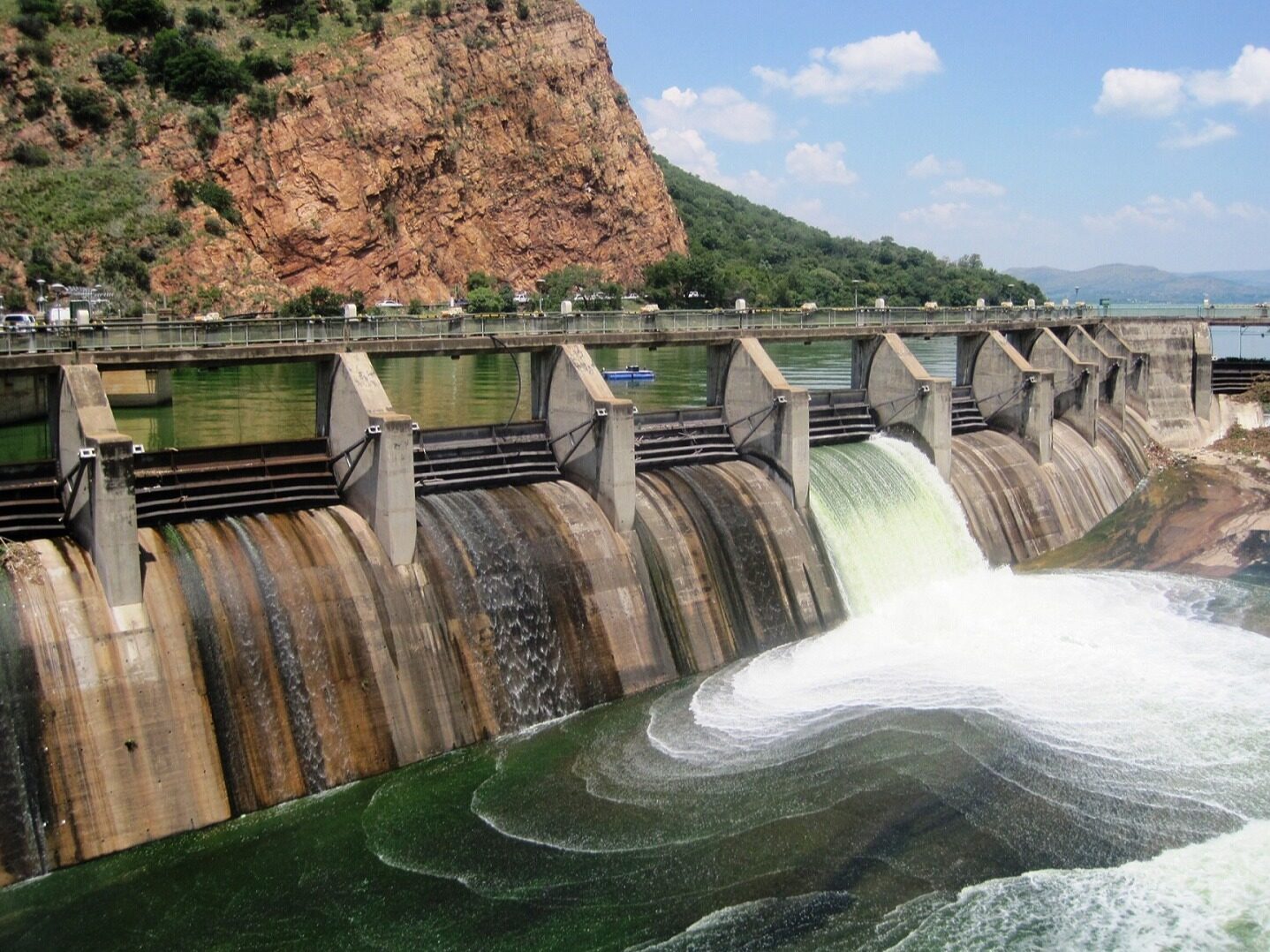
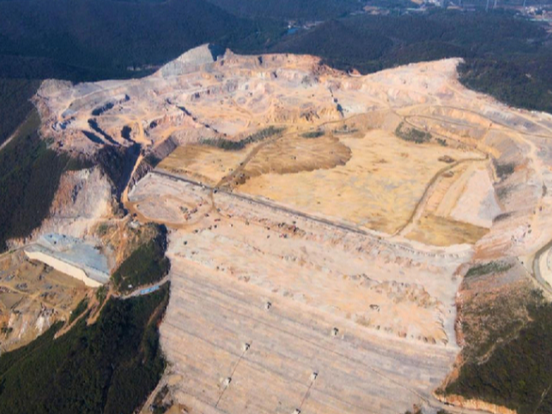
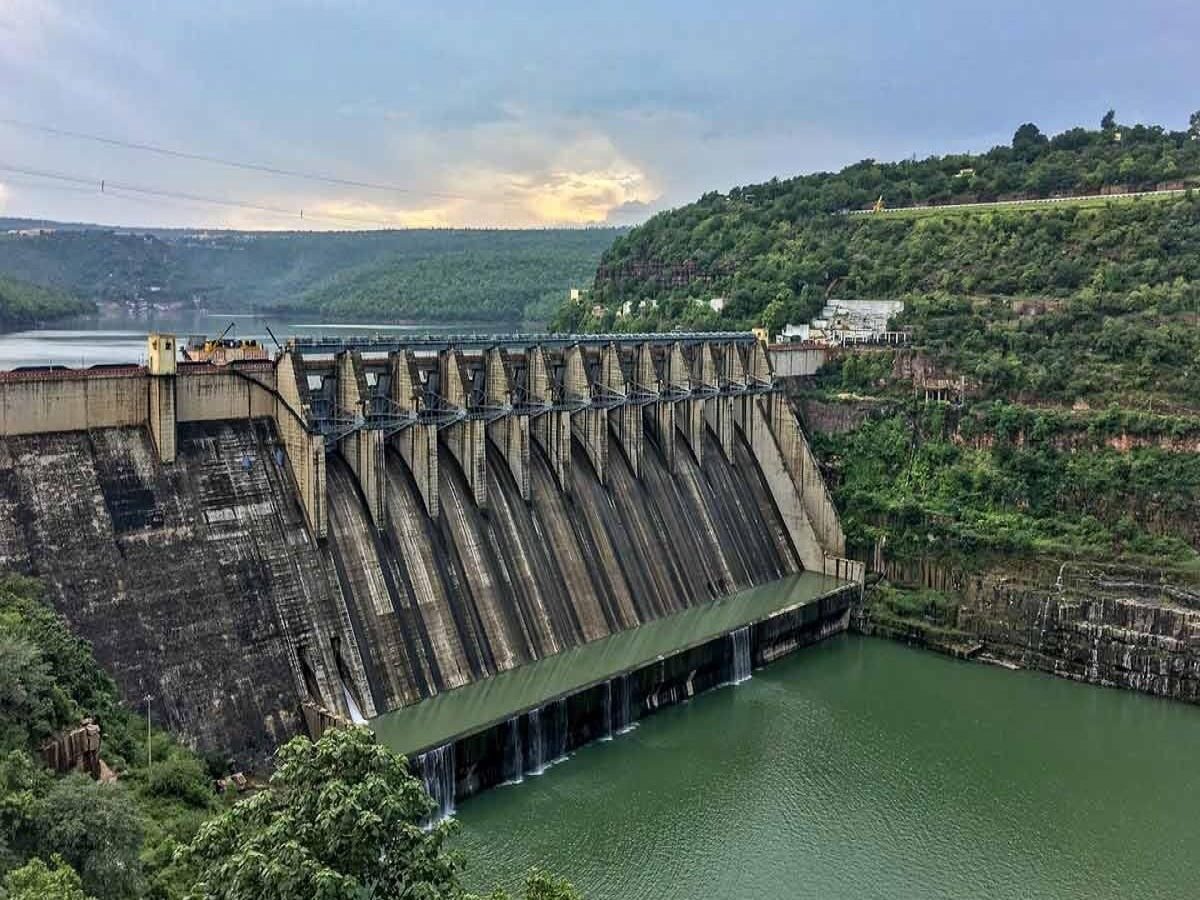







Write something~